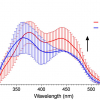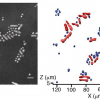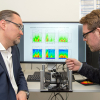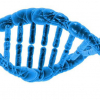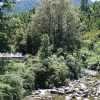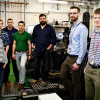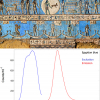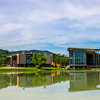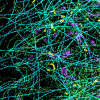Fluorescence News
The combination discerns healthy tissue from tumours based on their spectral profiles with higher accuracy than fluorescence-guided surgery alone.
NTU Singapore has launched the S$160 million Institute for Digital Molecular Analytics and Science, which aims to advance the science behind analysing biomolecules through the use of information technology and data science.
The Gordon F. Kirkbright and Edward Steers awards are seeking nominations.
Fluorescence spectroscopy of biomarkers in urine can track malignant melanoma progression or treatment response.
Researchers from University of Tsukuba develop a new method that reveals the unique fluorescence signatures of individual cells in mixtures of bacteria, fungi and yeast.
While spectroscopic measurements are normally averaged over myriad molecules, a new method developed by researchers at the Technical University of Munich provides precise information about the interaction of individual molecules with their environment.
A study recently conducted at the circular dichroism beamline (B23) at Diamond Light Source could pave the way for a new forensic DNA profiling technique.
Salmon is one of the most popular edible fish of all. Shops sell fish caught in the wild, but their main produce is salmon from breeding farms, the effluent from which can pollute rivers, lakes and oceans. German and Chilean scientists have used fluorescence measurements, high-resolution mass spectrometry and nuclear magnetic resonance spectroscopy to answer this question.
Diamond Light Source has welcomed the first users to the hard X-ray nanoprobe beamline (I14), the latest phase III beamline to be opened.
HORIBA Scientific has awarded Dr Ibrahim Cissé of MIT its annual Young Fluorescence Investigator Award.
Fluorescence spectroscopy has been used to study the ancient pigment, Egyptian blue.
Edinburgh Instruments have installated one of their fluorescence spectroscopy systems at the brand new Vidyasirimedhi Institute of Science and Technology (VISTEC) in Thailand.
Research from Rice University, University of California, Los Angeles (UCLA) and Kansas State University in the USA has used super-resolution microscopy and fluorescence correlation spectroscopy to characterize such nanoscale spaces in chromatography media.
Combining fluorescence spectroscopy and “stochastic optical reconstruction microscopy” enables the imaging of single molecules with unprecedented spectral and spatial resolution, thus leading to the first “true-colour” super-resolution microscope.
Nano-Spectroscopy and Bio-Imaging is a free-to-attend conference in October 2015 held in Coventry, UK.



